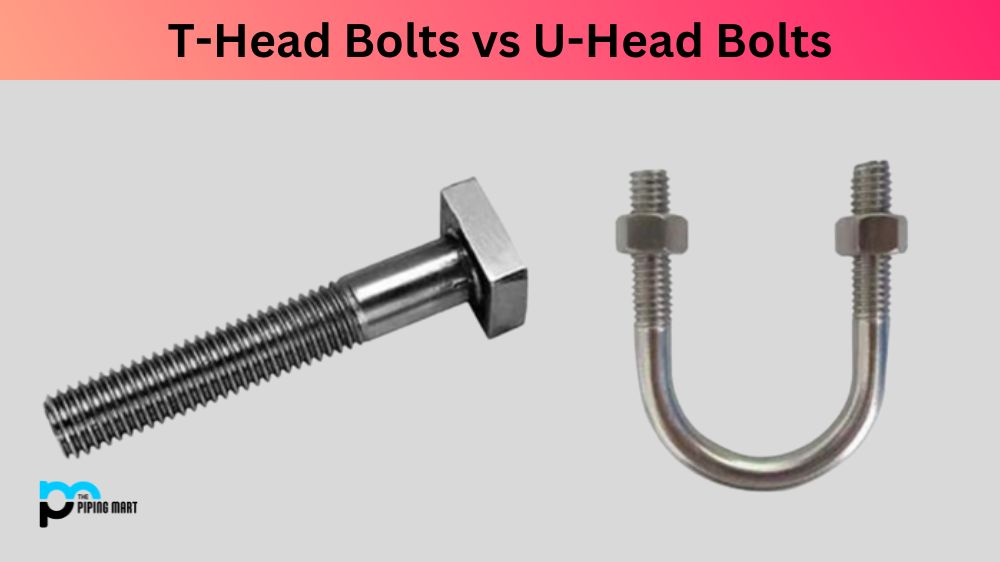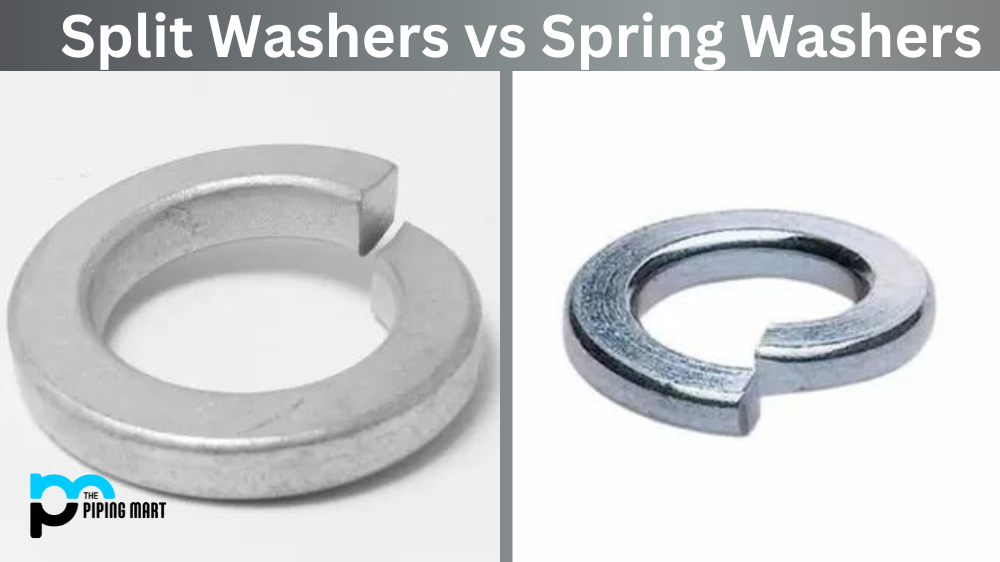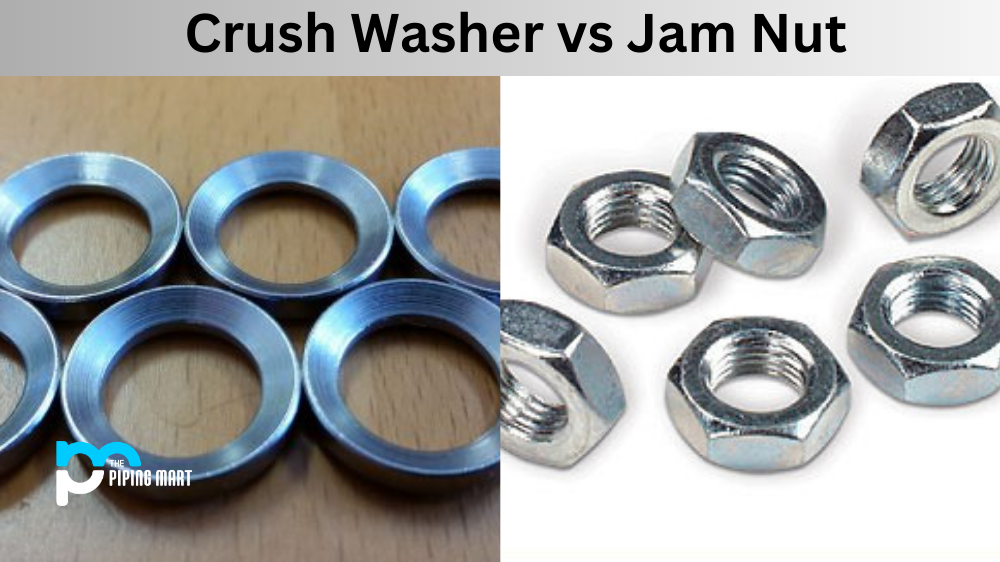When it comes to construction and engineering, bolts are crucial to ensure the safety and stability of the final product. Two types of bolts that are commonly used are T-head bolts and U-head bolts. These bolts can be used for various applications, but their differences make them unique. This blog will discuss the difference between T-head and U-head bolts and when to use them.
What is T-Head Bolts?
T-head bolts are a fastener with an enlarged, flat head designed to provide a greater area for bearing load. They are often used in applications with high shear forces requiring a larger contact surface. Additionally, the large head allows easy installation with fewer tools and requires less space than other bolts. The T-Head Bolt also features stronger threads than conventional bolts, making it suitable for heavier-duty jobs such as industrial machinery or construction projects. T-head bolts are versatile and can be used with many materials, including steel, aluminium, plastics and fibreglass.
What is U-Head Bolts?
U-head bolts are a special type of fastener used for connecting metal parts. Specifically, they feature a U-shaped head at the top, along with standard threads and shanks. This design allows them to be inserted through pre-drilled holes and then hand tightened or bolted into place with a traditional nut and washer setup. The U bolt’s main advantage is that it can secure objects whether or not they have tapped holes, making it the ideal choice in applications that require quick installation or don’t require threaded holes. Furthermore, its unique shape allows the bolt to fit any angle between 0° – 90° while providing superior clamp load distribution achieved by even pressure on all sides of the object being secured.
Difference Between T-Head Bolts and U-Head Bolts
Design
The design of T-Head bolts and U-Head bolts makes them different. T-head bolts have a T-shaped head that can be easily inserted and secured into a pre-drilled hole, and their shank is threaded for tightening. On the other hand, U-Head bolts have a U-shaped head designed to hold rebar in place and their shank is also threaded for tightening. The U-shaped head is specifically designed for applications where rebar is used.
Material
T-head and U-head bolts can be made from stainless steel, carbon steel, and alloy steel. However, the type of material used depends on the type of application and the environment where the bolt will be used. Stainless steel T-Head bolts are commonly used in highly corrosive environments, while carbon and alloy steel T-Head bolts are used in general applications. Similarly, U-Head bolts can also be made from various materials based on their application.
Applications
T-head bolts are used in various applications, such as structural steelwork, bridges, machinery, and equipment. They are usually used to reinforce joints and provide stability to structures. On the other hand, U-Head bolts are commonly used in construction applications where rebar is used. They clamp two or more rebar pieces together to stabilise the final product.
Strength
The strength of bolts is an essential aspect of construction and engineering projects. T-head bolts are designed to provide high tensile strength and can withstand heavy loads. U-head bolts are also designed to provide high tensile strength but are specifically made to withstand lateral forces and clamp two pieces of rebar together.
Cost
Regarding cost, both T-Head bolts and U-Head bolts have different prices based on size, material, and application. Generally, T-Head bolts are used in general applications and, therefore, are cheaper than U-Head bolts used specifically for construction applications.
Conclusion:
In conclusion, T-head and U-head bolts are commonly used in construction and engineering projects. T-head bolts are used for various general applications, while U-head bolts are used specifically for construction applications where rebar is used. The design of both bolts is different, and they are made of different materials based on the application and environment where the bolt will be used. Both bolts provide high tensile strength, but U-Head bolts are designed to withstand lateral forces and clamp two rebar pieces together. When choosing a bolt for your project, it’s essential to understand the difference between T-Head bolts and U-Head bolts to ensure you choose the right bolt for your specific application.

A passionate metal industry expert and blogger. With over 5 years of experience in the field, Palak brings a wealth of knowledge and insight to her writing. Whether discussing the latest trends in the metal industry or sharing tips, she is dedicated to helping others succeed in the metal industry.




